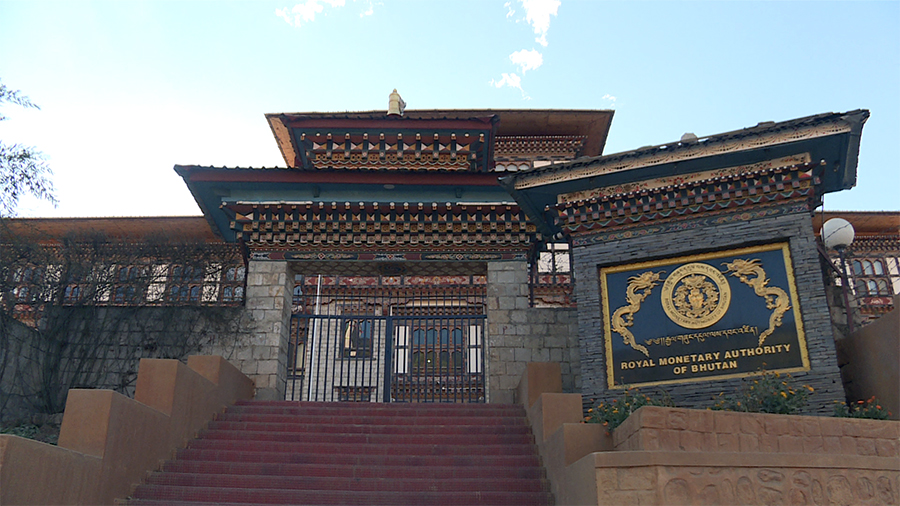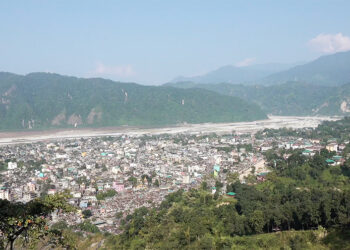 The Royal Monetary Authority’s 2024 annual report reveals that inflation in Bhutan has dropped to one of its lowest levels last year since the COVID-19 pandemic. The figure fell to 2 per cent as of August from 5.7 per cent in the same month in 2023. This decline, largely driven by falling fuel prices and slower increases in non-food costs, mirrors global trends of easing inflation. However, the ongoing decline in the purchasing power of ngultrum continues to be an issue.
The Royal Monetary Authority’s 2024 annual report reveals that inflation in Bhutan has dropped to one of its lowest levels last year since the COVID-19 pandemic. The figure fell to 2 per cent as of August from 5.7 per cent in the same month in 2023. This decline, largely driven by falling fuel prices and slower increases in non-food costs, mirrors global trends of easing inflation. However, the ongoing decline in the purchasing power of ngultrum continues to be an issue.
While overall inflation lowered due to falling fuel prices and slower increases in non-food costs, food prices surged. In the first half of 2024, food inflation saw some relief, particularly in oils and fats, as global demand for commodities eased.
However, August witnessed a sharp spike in vegetable prices, driven by poor weather conditions in India, Bhutan’s key supplier. Tomatoes and onions saw price increases of over 13 per cent.
Non-food inflation followed a different trajectory, with transportation costs decreasing by 5.4 per cent in August due to declining fuel prices. This mirrored global trends, where energy prices lowered and supply chain constraints eased.
Globally, inflation also showed signs of moderation. The International Monetary Fund projected a decline from 6.2 per cent in 2023 to 5.3 per cent in 2024, driven by stabilising energy prices and improving supply chains.
Despite both the global and domestic easing of inflation, Bhutan continues to face challenges with the declining purchasing power of ngultrum. Over the past decade, the ngultrum has lost 43.5 per cent of its value, and with rising food prices, this meant that by 2024, a 100 ngultrum note had around the same value as a 50 ngultrum did in 2012.
Karma Samten Wangda
Edited by Kipchu









